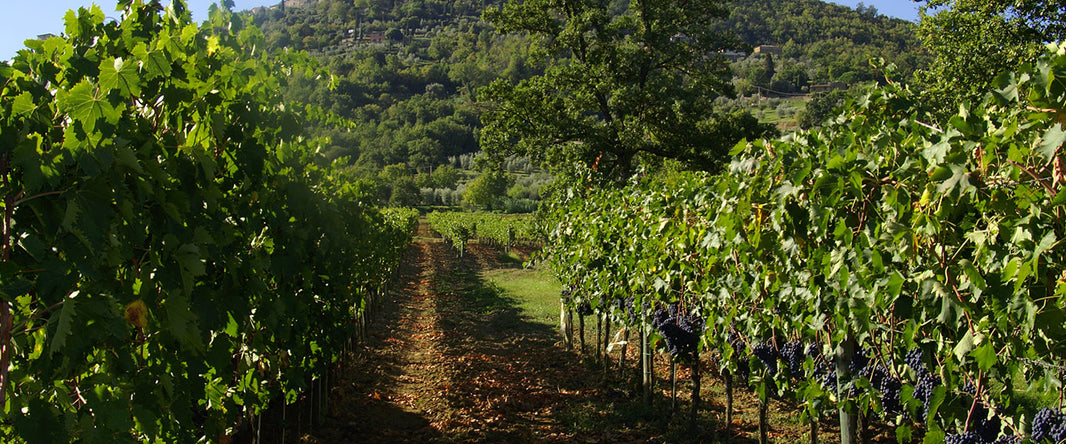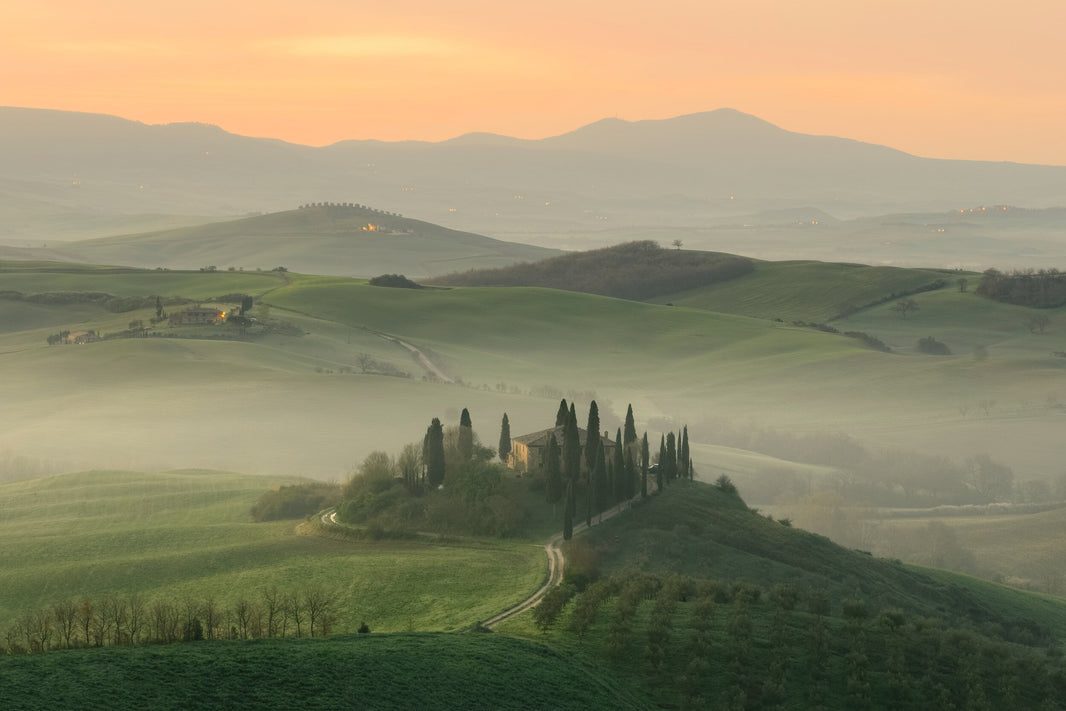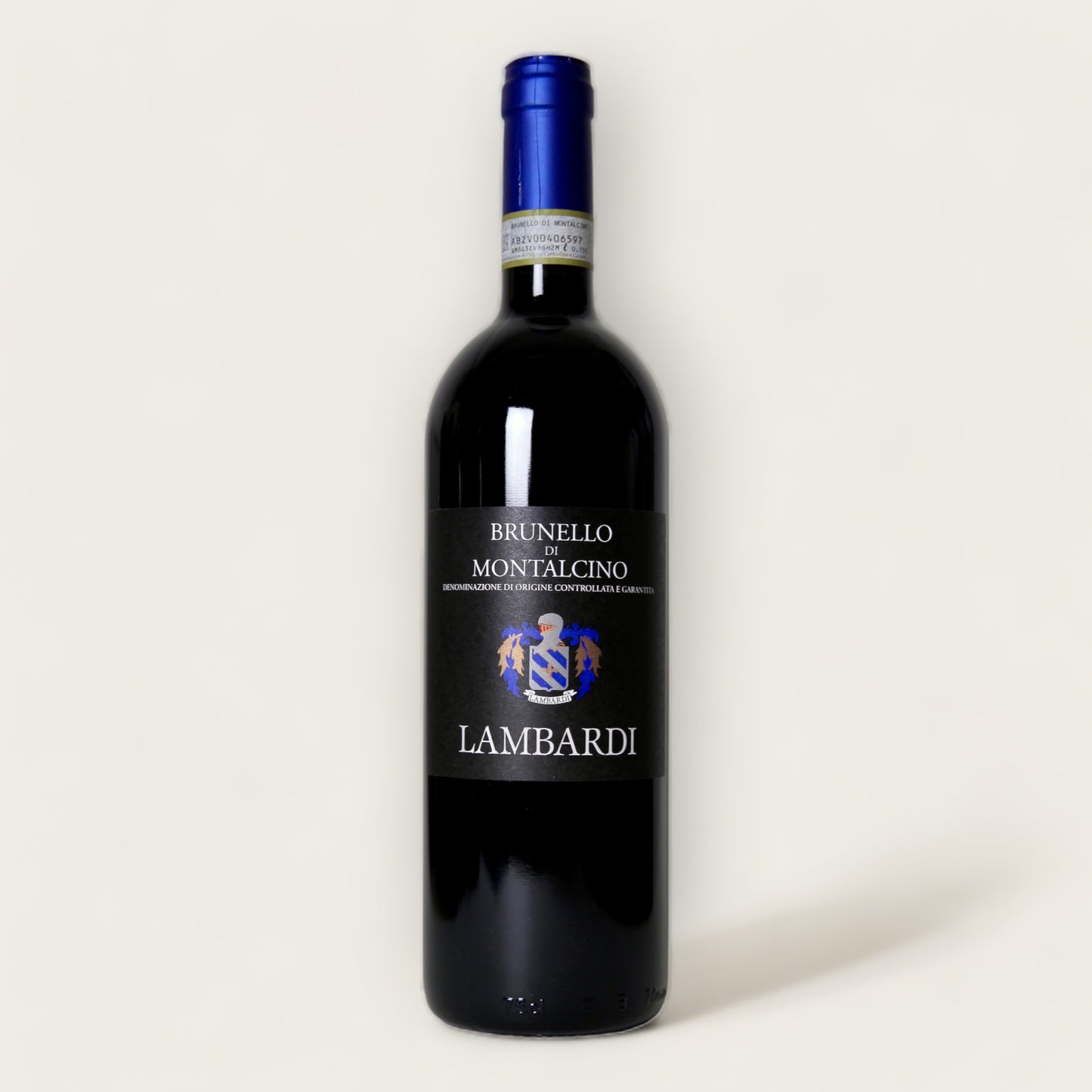Stay up-to-date with the latest news, exclusive promotions, and exciting events by subscribing to our newsletter! Sign up now and receive a 10% discount on your first purchase. Don't miss out on this great opportunity to stay connected with us and get access to special offers!
Brunello di Montalcino DOCG - 2016
- Tax included.
Sangiovese stands as the predominant grape variety in the renowned red wines of Tuscany, playing a central role in the production of Brunello di Montalcino and serving as the primary component in Chianti, Vino Nobile di Montepulciano, and numerous 'Super Tuscans.' Whether in the solitary expression of Brunello or blended with other varietals, both young and aged Brunello wines tend to exhibit elevated tannins, notable acidity, and vibrant fruit flavors that, instead of diminishing, gracefully soften over time. These wines have the capacity to mature for several decades or more. To bear the designation 'Brunello,' the wine must undergo a mandatory aging period of five years before its release.
The wine showcases a deep ruby red hue with distinct pomegranate reflections. Its aromatic profile is intricate and enduring, revealing notes of pink and red flowers, accompanied by the fresh, fruity essence of cherries and raspberries. While presenting a robust body, the wine maintains a significant tannic structure.
The vinification process involves an extended maceration period lasting 30-40 days, followed by a prolonged maturation in large Slavonian barrels for 24-36 months.
Grape Variety:
Alcohol: 14.5%
Serving Termperature °C: 14-16°C
Ageing Potential: 10-15 years
Terroir: Montalcino

Lambardi

Montalcino

Toscana


